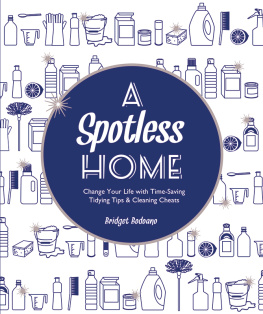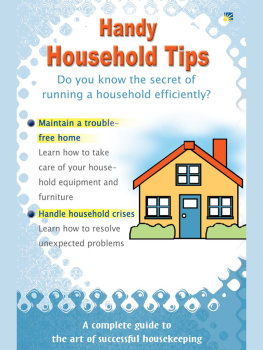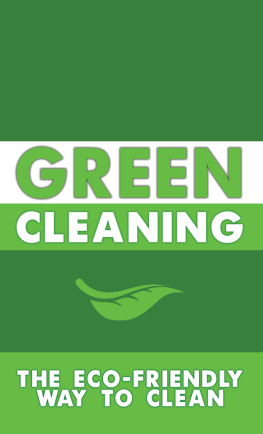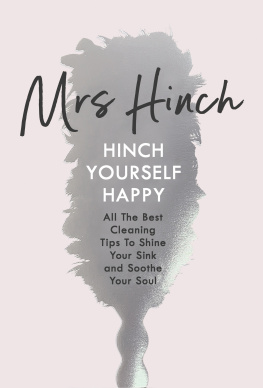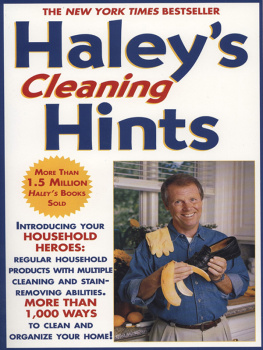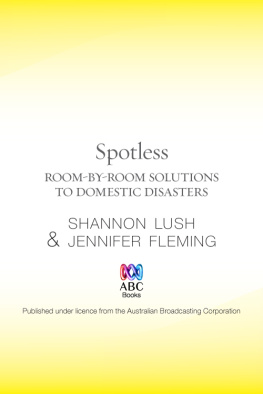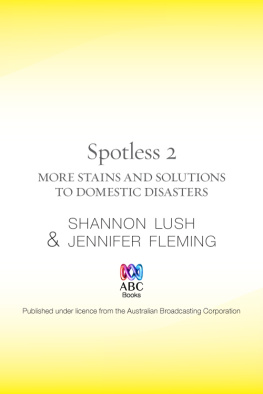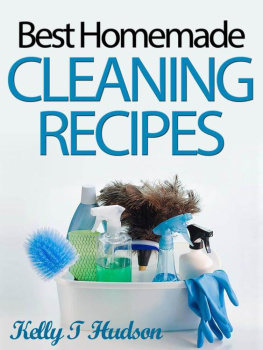This edition was published in 2015 by
Quadrille Publishing Ltd
Pentagon House
5254 Southwark Street
London SE1 1UN
Quadrille is an imprint of Hardie Grant
www.hardiegrant.com.au
Text and illustrations 2006 Bridget Bodoano
Design and layout 2006 Quadrille Publishing Ltd
The right of Bridget Bodoano to be identified as Author of this Work has been asserted by her in accordance with the Copyright, Designs and Patents Act 1988.
Publishing Director Jane OShea
Creative Director Helen Lewis
Project Editor Lisa Pendreigh
Editorial Assistant Harriet Butt
Designer Claire Peters
Assistant Designers Gemma Hayden, Emily Lapworth
Illustrator Bridget Bodoano
Production Director Vincent Smith
Production Controller Emily Noto
All rights reserved. No part of this book may be reproduced, stored in a retrieval system or transmitted in any form or by any means, electronic, electrostatic, magnetic tape, mechanical, photocopying, recording or otherwise, without the prior permission in writing of the publisher.
Cataloguing in Publication Data: a catalogue record for this book is available from the British Library.
eISBN-13: 978 1 84949 817 3
Contents
how clean is clean?
On the whole, a clean home is a much nicer place to live for you and your family, partner or housemates. Just how clean is clean depends on your own standards and character, but most of us fall into one of the following categories:
cleanaholic
Pristine perfectionists wipe down surfaces, empty bins and clean sinks, baths and basins on a daily basis. They regularly indulge in deep-cleansing routines, leaving no ornament unturned in their pursuit of dust control. They are also likely to treat ironing as a leisure activity.
clean enough
With less time or better things to do these perfectly normal people are more likely to do a good weekly clean rather than daily maintenance. However, any obvious nasties are cleaned up pretty promptly. Will ignore the odd cobweb, but likes a clean floor.
slightly grubby
Not as tuned in to dirt and grime as others, the occupants of slightly grubby homes do what they think is basic cleaning, but only tackle what they see. They seldom venture into corners and underneath things, are generally dust-tolerant and dont notice (or care about) the odd stain, dribble and splodge.
complete slob
For reasons known only to themselves, they are oblivious to the fact that cleaning exists. Whether through a lack of education or self-esteem, they are happy to live in squalor until struck down by either conscience or a nasty infection.
Standard Requirements
Even those who think they are clean are often in dirt-denial, so take off the rose-tinteds and have a good look around to check your credentials. If three or more of the following are present in your home, it is time to get cleaning:
an excess of smears, splodges and dribbles, plus rings from mugs and cups
more than a days worth of dirty dishes
more than one piece of mouldy food
black mould and mildew on walls, tiles or floors
nasty smells
areas of unidentifiable stuff, which is gooey, greasy or sticky
obvious finger marks
dust that has a greenish tinge
large fluff balls (dust bunnies)
a very dirty hob
overflowing rubbish bin
serious dirt around handles, especially on fridges
dark brown stains in sinks, loos, basins and baths
floors where it is difficult to determine their true colour
Knowing a little of the chemistry of cleaning will help you choose the right products. Whether you opt for the old-fashioned simplicity of baking soda (bicarbonate of soda) and vinegar, the cheap and cheerful proprietary brands or their eco-friendly equivalents, the fact is that both daily and deep cleansing can be carried out very effectively with a relatively small number of products.
Chemistry Lessons
soaps and detergents
Also known as surfactants, they assist in the wetting process by breaking down the surface tension of water, surrounding the dirt molecules and then preventing them from being re-absorbed. Soaps are made from animal or vegetable fats and oils whereas detergents are made from petro-chemicals. Soap is not necessarily milder than detergent, but the fact that the latter are made from petro-chemicals makes soap more eco-friendly. However, soap forms scum that can be a problem especially in hard-water areas.
solvents
The most common and gentle solvent is water; when mixed with soaps and detergents, water can dissolve most forms of dirt. More serious stains and dirt may need stronger solvents. Turpentine and white spirit are used in specialist cleaning products, but as they are potentially hazardous they should be used sparingly and carefully.
acids and alkalis
These do the job of dirt-busting. Their strength is measured in pH, indicated by a number from 0 to 14. Below pH 7 is considered acidic, pH 7 is neutral, and anything above is alkaline. The further away from neutral they are, the harsher they are, especially on skin. Alkalis work well on grease or oily dirt and so laundry products and kitchen cleaners tend to be alkaline. Acids are good at removing soap scum and hard-water deposits, so most bathroom cleaners are mildly acidic. Acids and alkalis neutralise one another so dont think that using strong forms of both will be doubly effective, in fact they will cancel each other out.
Safety First
All cleaning products are potentially hazardous if they are used incorrectly, ingested or come into contact with skin, so BE WARNED.
read labels
Labels contain important information regarding contents, instructions for use, safety warnings and what to do in case of accidents.
follow instructions
Failure to use a product correctly can produce poor results as well as potential damage or a risk to health and safety.
keep safe
Keep all cleaning products out of reach of children and away from food.
do not decant
Leave products in their original containers. As well as having access to the information on the label, there is less risk of using the wrong product or of someone mistaking it for something else.
use carefully
Strong cleaners often include toxic chemicals and solvents, such as alcohol, which are highly inflammable. Take care to avoid contact with skin, fabrics, carpets and furniture.
use sparingly
Do not exceed stated doses. Using more doesnt necessarily mean a quicker or better result, though instructions on the label may suggest higher amounts in certain circumstances.
bleach alert
Never mix chlorine bleach with any other product. Combined with acids, alkalis, ammonia (and urine), chlorine creates chlorine gas which kills.
Cleaning Basics
The sight of all those cleaning products on the supermarket shelves is enough to give anyone the vapours. But dont panic. The principles of getting things clean are pretty simple, and a few good basics are all you need. Look at the labels and choose those with the fewest and least scary sounding ingredients, and the least number of warnings and conditions for use.
washing-up liquid
A mild cleanser useful not only for dishes but for many jobs from washing down worktops and paintwork to mopping up or removing stains from fabrics and furniture.

